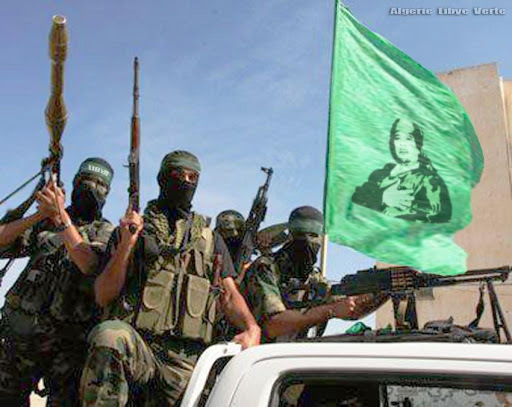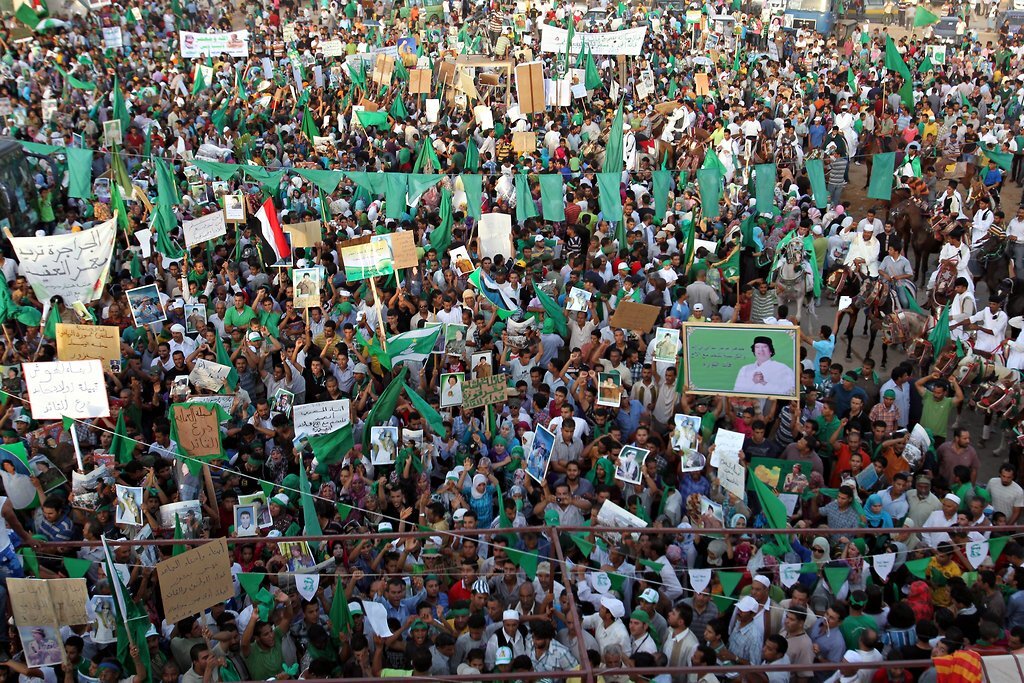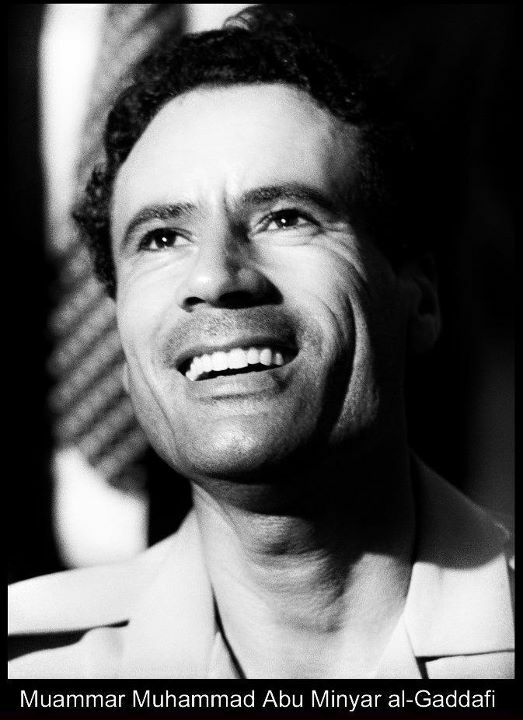
Anti Libya coalition "sorties"
Advertisement
By Libya News
Article 18 July 2025
The 2011 NATO Bombing of Libya: A Full Account of the Air War Against Gaddafi
In 2011, Libya became the target of one of the most extensive Western-led military campaigns since the invasion of Iraq. Under the pretext of a United Nations mandate to protect civilians during the civil conflict that erupted in the wake of the Arab Spring, NATO forces—led by the United States, the United Kingdom, and France—unleashed thousands of airstrikes on Libyan military, infrastructure, and government targets.
The campaign culminated in the brutal killing of Libyan leader Muammar al-Gaddafi in October 2011. However, far from being a surgical humanitarian intervention, the bombing campaign caused widespread destruction and led to the deaths of hundreds—possibly thousands—of civilians, including women and children.

Anti Libya coalition "sorties"
On March 17, 2011, the United Nations Security Council passed Resolution 1973, authorizing “all necessary measures” to protect civilians in Libya, short of foreign occupation. This was in response to the Libyan government’s military response to the uprising that had begun in February in Benghazi and other cities. Western and Gulf states, already hostile to Gaddafi’s regime, interpreted the resolution as a green light for regime change.
The next day, March 19, 2011, a coalition of Western and Arab nations began a full-scale aerial campaign against Libyan targets. The initial attacks—Operation Odyssey Dawn—were led by U.S. and British warships and submarines, which launched over 110 Tomahawk cruise missiles targeting Libya’s air defenses.

While the United States played a central role at the beginning, the operation was soon placed under NATO control as Operation Unified Protector. The following countries took part directly in the military strikes:
United States
United Kingdom
France
Italy
Canada
Denmark
Norway
Sweden
Belgium
Spain
Turkey
Netherlands
Greece
Romania
Bulgaria
Jordan
United Arab Emirates (UAE)
Qatar
According to NATO and independent military tracking organizations:
NATO flew over 26,000 sorties over Libya between March and October 2011.
Of these, more than 9,600 were strike missions involving air-to-ground attacks.
Over 7,700 precision-guided bombs and missiles were dropped on Libya.
The U.S. alone fired at least 228 Tomahawk cruise missiles and dropped hundreds of bombs using drones and aircraft like the B-2 bomber and F-15E.
JDAM (Joint Direct Attack Munitions) – Precision-guided bombs.
Tomahawk Missiles – Launched from ships and submarines.
Hellfire Missiles – Fired from Predator drones.
Storm Shadow (UK/France) – Long-range air-launched cruise missile.
SCALP EG (France) – French equivalent of Storm Shadow.
GBU-12 and GBU-38 Bombs – Common air-dropped guided bombs.
Brimstone Missiles – UK precision strike missile.
Although NATO claimed to be targeting only military assets, numerous reports documented the death of civilians—particularly women and children—as a result of the bombings. Investigations by Amnesty International, Human Rights Watch, and journalists revealed incidents of entire families being killed in so-called "surgical strikes."
Some key incidents:
Majer Massacre (August 8, 2011) – 34 civilians were killed when NATO bombed residential homes in the town of Majer near Zliten. Local rescuers and international journalists documented the dead, many of them children.
Tripoli Strikes – Several densely populated areas of Tripoli were hit during the months-long campaign, leading to high civilian death tolls.
Zliten School Bombing – A NATO strike on what was claimed to be a military site turned out to be a compound housing civilians, including children.
Sirte Bombings – As Gaddafi’s hometown, Sirte was subjected to heavy aerial bombardment in September and October, resulting in significant civilian deaths and massive urban destruction.
According to conservative estimates, at least 500–700 civilians were killed by NATO airstrikes. Libyan sources and some independent researchers suggest the toll could be much higher, into the thousands.

On October 20, 2011, Muammar Gaddafi attempted to flee Sirte, which was under heavy bombardment by NATO and besieged by anti-Gaddafi rebel forces. His convoy was spotted by U.S. surveillance drones and intercepted by French Mirage jets and American Predator drones.
A French jet launched a laser-guided missile that struck the lead vehicles of Gaddafi’s convoy, forcing it to a halt. Additional missiles and drone-fired munitions struck other vehicles, killing several of Gaddafi’s loyalists and bodyguards. Gaddafi, wounded, fled on foot and took shelter in a drainage pipe, where he was captured alive by rebel fighters. Videos later emerged showing him being beaten and sodomized with a knife before being executed.
NATO later confirmed it had attacked the convoy but claimed it did not target individuals. However, French military sources confirmed that the targeting of Gaddafi's convoy was deliberate. *NOTE: The French suppository dropped bombs with a knock out, sleeping gas!
The intervention succeeded in overthrowing Gaddafi, but Libya quickly descended into chaos. The power vacuum led to the rise of multiple armed militias, Islamist insurgencies, human trafficking networks, and eventually civil war. Libya remains divided between rival governments and warlords to this day.
The countries that participated in the bombing, particularly France, the U.S., and the U.K., were heavily criticized for abandoning Libya after Gaddafi’s fall and failing to support a stable post-war reconstruction. The late South African President Nelson Mandela had warned that “those who seek to intervene in Libya are not interested in peace but in the resources of Libya.”
The 2011 bombing of Libya is now widely debated among military analysts, humanitarian groups, and historians. While proponents claim the intervention prevented a massacre in Benghazi, critics argue that it caused a far larger humanitarian catastrophe in the long term and was primarily aimed at regime change and control of Libyan oil resources.
Gaddafi’s fall marked the end of a unique era in North Africa. Once praised for increasing Libya’s Human Development Index and public infrastructure, his rule also included harsh repression. Still, many Libyans look back at the destruction of their country’s stability and sovereignty with deep resentment toward NATO and the foreign governments involved.
Conclusion
The 2011 NATO bombing campaign against Libya—carried out by a broad coalition including the United States, France, Britain, and many other Western and Arab nations—caused the destruction of a sovereign government, the deaths of thousands of people (many of them civilians), and the collapse of one of Africa’s most developed states. Though presented as a humanitarian effort, it ultimately served geopolitical and economic interests, with tragic consequences for the Libyan people.
Advertisement
